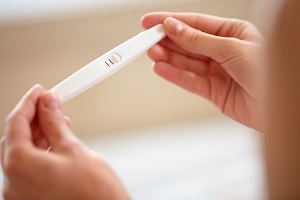In in vitro fertilization (IVF) it is necessary that the implanted embryos are as healthy as possible. In this way there are more chances that the implant will be successful and that the child is healthy. Even so, the chances of success of the whole process are around 30%.
As maternal age progresses, the number of usable healthy embryos decreases. This leads to a lower rate of implants and a higher rate of spontaneous abortions. All of this causes less chance of success for IVF procedures. But we are sure that the embryos must be impeccable so that the plant is successful. The study in question examined the relationship between mosaicism and in vitro fertilization.
The study involved 77 women who accepted embryo implantation with mosaicism. In fact, the fertilization phase did not give rise to any euploid embryo, without 100% chromosome anomalies. 50% di cellule anormali). ">The researchers divided the embryos according to the degree of mosaicism: low (<50% of abnormal cells) or high (> 50% of abnormal cells).
On 78 implanted embryos, 37 took root. At the end of all, the children born were 24, with a rate of 30%. The positive results concerned embryos with a low level of mosaicism. In fact, we speak of 48.9% of installations against 24.2% of the second group. Also the live birth rate was very different: 42.2% of the first group against 15.2% of the second.
The study showed that in vitro fertilization can be successful even in the case of embryos with mosaicism. For safety, all study participants underwent prenatal screening tests. In the 24 successful cases, the children born were all healthy and free of chromosomal abnormalities.
Since there are few bases, it is possible that the abnormal cells have been eliminated during development. The mechanism will be explored and the researchers advise however to avoid the implantation of embryos with mosaicism, where possible.
Source: medscape.com



